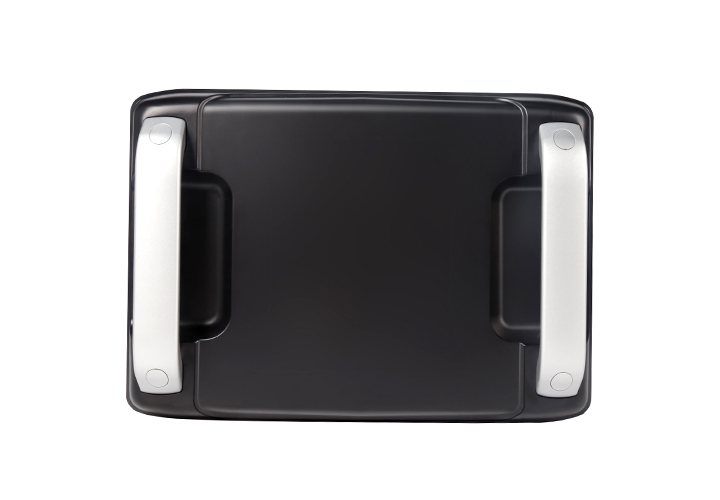source:other news
release time:2023-07-27
Hits:0
Popular:

The new energy vehicle battery pack is composed of multiple batteries stacked in series. A typical battery pack has approximately 96 batteries, which can generate a total voltage of over 400V when charged to 4.2V lithium-ion batteries. Although the automotive power system considers the battery pack as a single high-voltage battery, charging and discharging the entire battery pack each time, the battery control system must independently consider the situation of each battery. If the capacity of one battery in a battery pack is slightly lower than that of other batteries, then after multiple charging/discharging cycles, its charging state will gradually deviate from other batteries. If the charging state of this battery is not periodically balanced with other batteries, it will eventually enter a deep discharge state, leading to damage and ultimately forming a battery pack failure. To prevent this from happening, the voltage of each battery must be monitored to determine its charging state. In addition, there must be a device to charge or discharge the batteries separately to balance the charging state of these batteries.
An important consideration for the battery pack monitoring system is the communication interface. In terms of communication within PC boards, commonly used options include Serial Peripheral Interface (SPI) bus and I2C bus, each with low communication overhead and suitable for low interference environments. Another option is the Controller Area Network (CAN) bus, which is widely used in automotive applications. The CAN bus is very robust, with error detection and fault tolerance characteristics, but it has high communication overhead and material costs. Although the connection from the battery system to the car's main CAN bus is desirable, using SPI or I2C communication within the battery pack has advantages.
Read recommendations:
lithium ion golf cart batteries
best batteries for off grid solar
20kwh 30kwh 40kwh High Power Lithium Battery 307V 100Ah For Solar Energy Storage System
What are some tips to make the failure rate of electric cars smaller? Live longer?
How long is the service life of 26650 lithium-ion battery and precautions for its use

Last article:Composition of new energy vehicle batteries
Next article:Charging steps for new energy vehicles
related suggestion
lithium deep cycle marine battery direct sales
2023-03-22lithium deep cycle marine battery Manufacturing
2023-03-20lifepo4 24v manufacturer
2023-04-07lithium batteries for solar panels direct sales
2023-04-07lithium ion golf cart batteries company
2023-04-07marine batteries for sale
2023-03-20best battery for solar panel
2023-05-08best rv deep cycle battery
2023-05-08deep cycle trolling motor battery
2023-05-08solar backup generator
2023-05-0812 volt deep cycle batteries
2023-05-0812v 100ah battery price
2023-05-08Lithium LiFePo4 Battery Pack 12V 50Ah Group 24 for RV Trolling Motor Solar Power
2025-02-2712V 150Ah 200Ah LiFePo4 Motive Battery Pack for Clean Car Electric Vehicle
2023-02-1415S 48V 100Ah LiFePo4 Battery for Home Energy Storage Solar System
2023-06-19Wall Mount Rack Home Energy Battery Pack 16S2P 51.2V 100Ah Cylindrical Cell
2022-10-19Low Temperature Lithium Battery 26650 Cell
2022-10-18Choosing the Best 12V 100Ah Lithium Battery for Trolling Motors
2025-05-22Application direction of lithium batteries.portable power station for camping
2023-08-11What are the common lithium battery low temperature heating technology?
2023-02-17What are the characteristics of Lithium iron phosphate power battery?best solar generator for home backup
2023-08-01Powering Your Ride: The Advantages of 60V Lithium Batteries for Electric Scooters
2025-03-21Light lithium battery weight.best batteries for solar power storage
2023-06-08Will the polymer battery of the drum explode if it continues to be used?portable power station 1000w
2023-08-16What is the harm to lithium batteries for overcharge and discharge?
2022-10-10Can drones be equipped with semi -solid batteries?portable power station solar
2023-05-17Factors affecting the low temperature performance of lithium iron phosphate battery.best battery for solar panel
2023-05-13